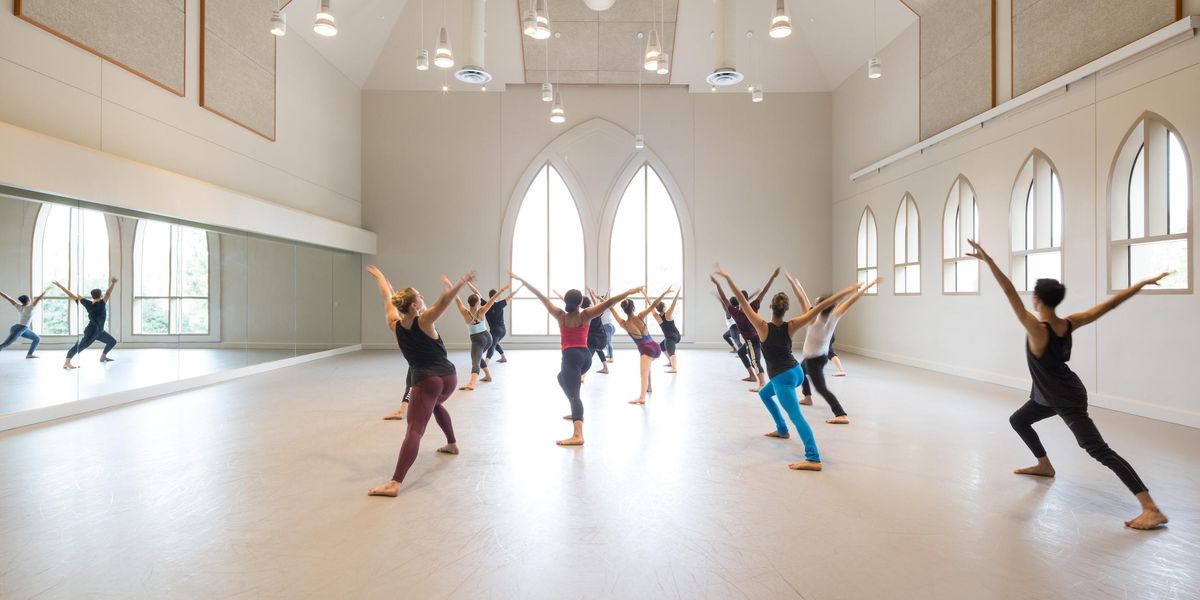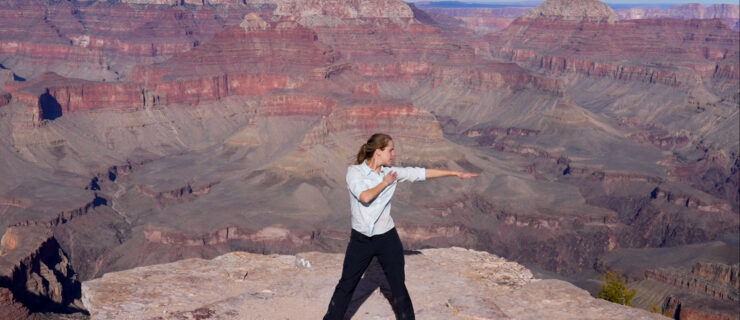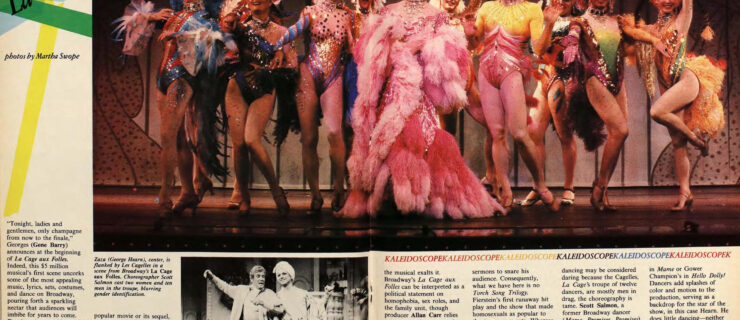Why Some Dancers Are Upset That Billie Eilish Channeled Fred Astaire on "SNL"
There are two types of people who watched Billie Eilish’s anti-gravitational rendition of “Bad Guy” on last weekend’s season premiere of “Saturday Night Live”: Those who were stunned and those who knew where it was going the moment she propped a leg up on the wall.
Let’s back up.
By the 1950s, Fred Astaire was a bonafide Hollywood star complete with a dozen or so smash-success films, an already-legendary partnership with dancer and actress Ginger Rogers, and an honorary Academy Award “for unique artistry and contributions to the technique of musical pictures.” But it was his dancing that catapulted him to fame more than anything. He was to dance what Elvis was to music. Or what Dior was to fashion.
So when in the 1951 MGM musical “Royal Wedding” he became so overwhelmed with love for his romantic interest that he defied gravity to dance on the ceiling, the entire entertainment industry took note.
The ceiling dance itself was a production trick. The scene was set in a custom-built room that rolled on its axis while being filmed by a static camera. If you need a visual to picture how that works, look to this behind-the-scenes video published by SNL where Billie Eilish explains the effect used while shooting her 2019 iteration—and credits Astaire for the concept.
And that’s the thing that’s so great about being a 17-year-old. Thinking you should recreate one of the most iconic dance scenes of film history when you’re not a professional dancer.
Can you blame her? If you were Billie Eilish, you’d have the approval of millions of fans, you’d have more money than god and you’d be a musical guest on SNL at the same time most of your peers would be getting anxiety over a presentation for homeroom.
Did her dancing match Fred Astaire’s in terms of technical dexterity? I don’t think there’s any question that the answer is no. But she kept up with her minimal choreography despite a clunky boot (ankle injury), she was unphased by an untied shoelace, and she was a general good sport.
So why does it still rub dance fanatics the wrong way?
There’s the unpleasant fact that commercially-successful celebrities profit from ripping off artists at a rate so swift it’s hard to fit into a single sentence. (But I can try! Beyoncé vs. Anne Teresa De Keersmaeker, Kelsea Ballerini vs. Ohad Naharin, Fortnite vs. 2 Milly, etc.)
And for most that leads to the ickier, trickier idea to wrap one’s head around, which is the line between creative inspiration and imitation. It’s almost too easy to watch the “Bad Guy” performance and say, “Look at this kid’s creative team cribbing Fred Astaire and slapping an ‘inspired by’ label on it.” It’s not a bad take, but it doesn’t factor in one of the oldest questions in the book. When does inspiration turn into plagiarism?
Let’s jump back into the archives one last time to see what the “Royal Wedding” ceiling dance has spawned. After Astaire, the aptly named “Dancing on the Ceiling” was decently danced and even more decently sung by the typically-excellent Lionel Ritchie. A brilliantly performed variation of the theme was executed in this scene of “Breakin’ 2: Electric Boogaloo.” Netherlands Dance Theater gave dance snobs a beautiful, heartrending version in Sehnsucht. Sugar Ray gave “Fly” the Astaire treatment. As did NSYNC in “Bye Bye Bye.” Metallica? Yup, they have a version (We’ll let you guess how much dancing that involved.). And an honorable mention should go out to Jamiroquai for the moving floor in “Virtual Insanity.”
You get the point. Of course, it’s not just Billie Eilish. And of course, we can’t determine what amount of “borrowing” from inspirational sources is appropriate. Like with any art form, the past informs the future, and artists will likely dance or sort of dance on the ceilings for the foreseeable future. We all have our preferences, but look at it this way: If one version doesn’t suit your fancy there are plenty of other options.




